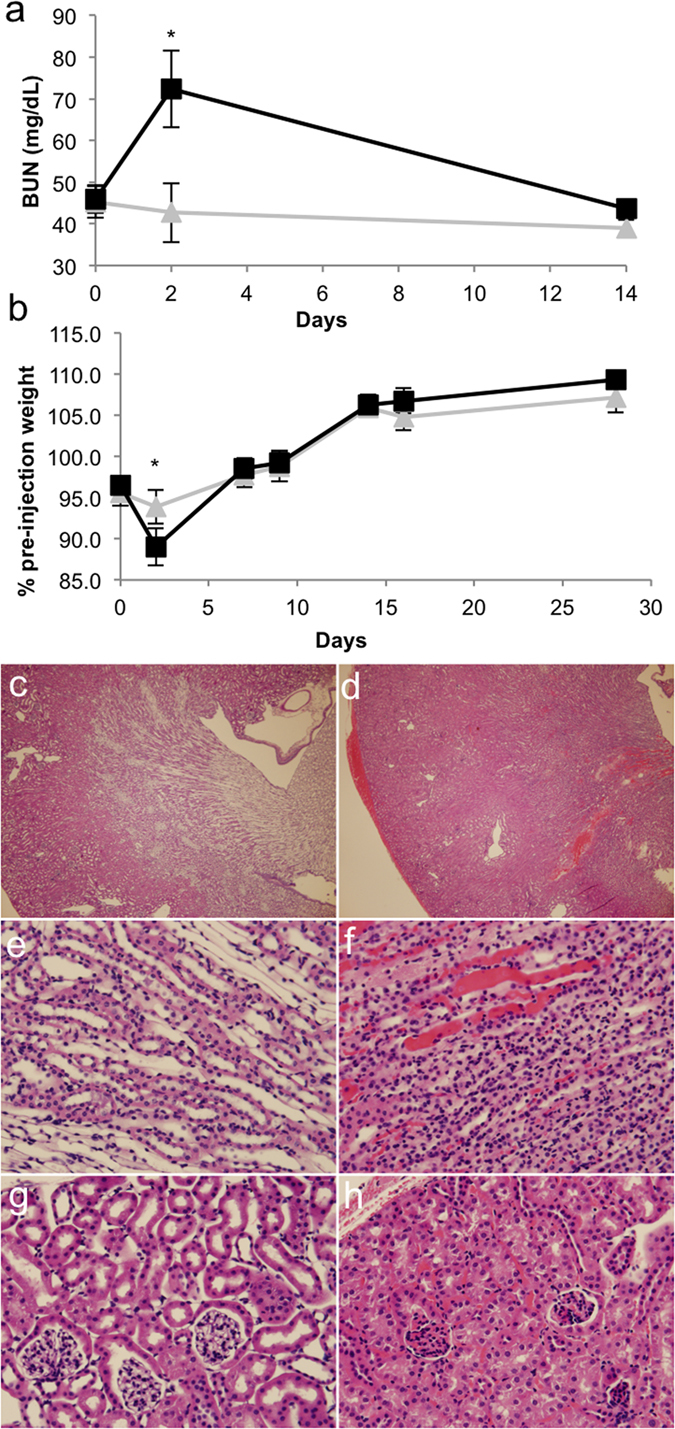Figure 5. Hydrodynamic renal pelvis injection causes transient kidney injury.

Mice in (a,b) were given a unilateral nephrectomy to remove the right kidney. One week later, mice were subjected to either gene transfer (black squares; n = 5) or sham surgery (grey triangles; n = 3). Sham mice were anesthetised and an incision was made but the kidney was not injected. (a) Serum was collected prior to gene transfer (Day 0), 2 days post-gene transfer, or 14 days post-gene transfer and blood urea nitrogen (BUN) was measured. The asterisk indicates statistical significance at Day 2 (p = 0.02, one-tailed Student’s t-test assuming unequal variance). (b) The body weight was measured over time and compared to the pre-nephrectomy original body weight of the mice. The asterisk indicates statistical significance at Day 2 (p = 0.04, one-tailed Student’s t-test assuming unequal variance). H&E staining of kidneys taken from either (c,e,g) naïve littermate mouse or (d,f,h) mouse receiving a renal pelvis injection of 10 μg pT-EeL (EF-1α-luciferase) transposon one day prior and harvested following perfusion to reduce vascular erythrocytes present in the sections. (c,d) Overview showing the appearance of a subcapsular hematoma and increase in pockets of trapped erythrocytes present in the injected kidney. (e,f) Medulla and (g,h) cortex. Some tubular necrosis is present in (h) as indicated by white vacuoles.
